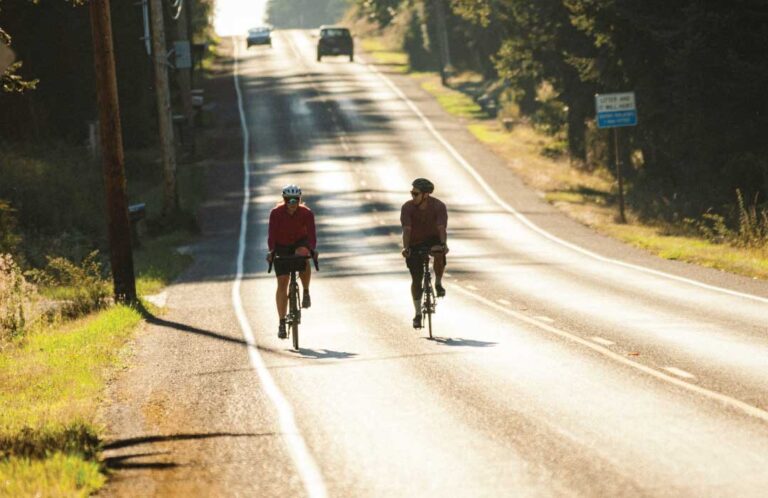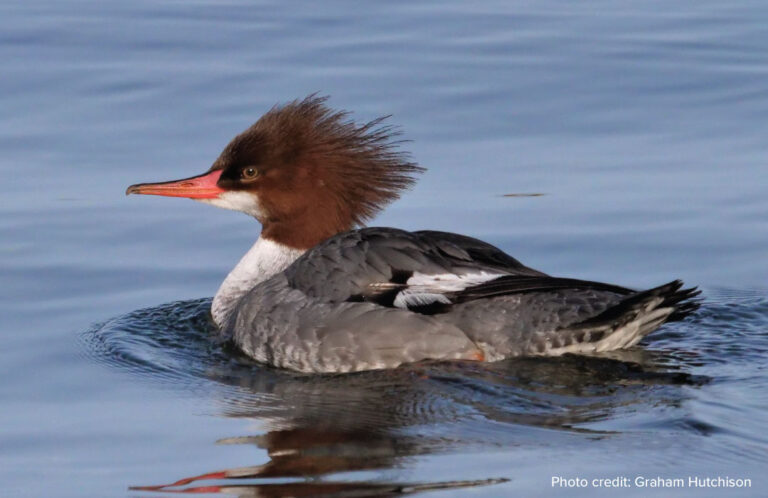
Estimated reading time: 6 minutes
The trip from downtown Seattle to Whidbey Island on a sunny Thursday can be a daunting one. Hoofing it to your overpriced parking lot, risking fenders and bumpers to edge into traffic and then, the freeway. And on the freeway, you’ll listen to two hours of traffic reports telling you, “Don’t take the freeway.”
But what if it didn’t have to be this way?
Taking the N line
After living on Whidbey Island for two decides my big-city driving chops have…eroded a bit. But business sent me into the heart of Seattle for a conference, and I wanted to see if I could avoid the mess and stress of the drive home.
I opted for the Sounder train, specifically the N line, with a stop in Mukilteo.
Would the system work and would I swiftly glide past the gridlock?
Here’s how it worked and what it cost.
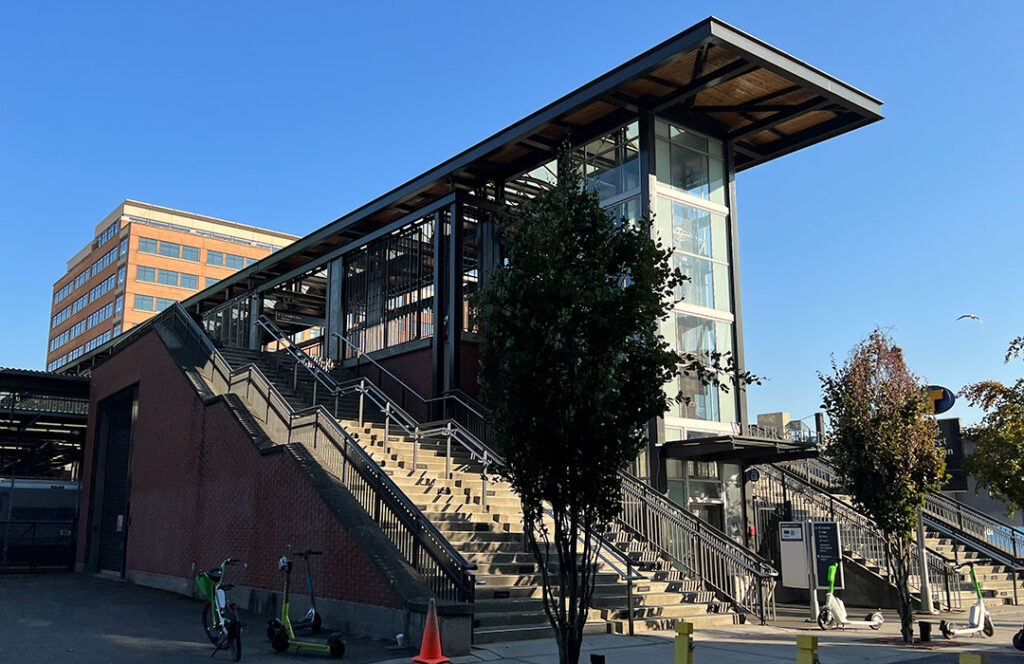
I stepped from the Bell Harbor Conference Center at about 4 pm. That’s the building that also doubles as the terminal for the cruise ships. So, my trip was something a traveler might take after an Alaskan Cruise.
First up was a quick Uber trip to the downtown train station, the King Street Station. 3 minutes after setting up my ride on the app, I was heading for the train. The cost was $14.92 and would be the most expensive part of the trip.
But here is the tricky part. The Sounder train entrance is about a half-block south of the main station. So, head south (towards the sports stadiums) about 300 feet and you’ll see signs directing you to head up the stairs (or elevator) to the Sounder platform.
You walk the overhead platform across some train tracks and back downstairs to the Sounder platform. You insert a credit card into the ticket machine, set your destination for Mukilteo and take your ticket and receipt. My adult one-way fare was $4.50.
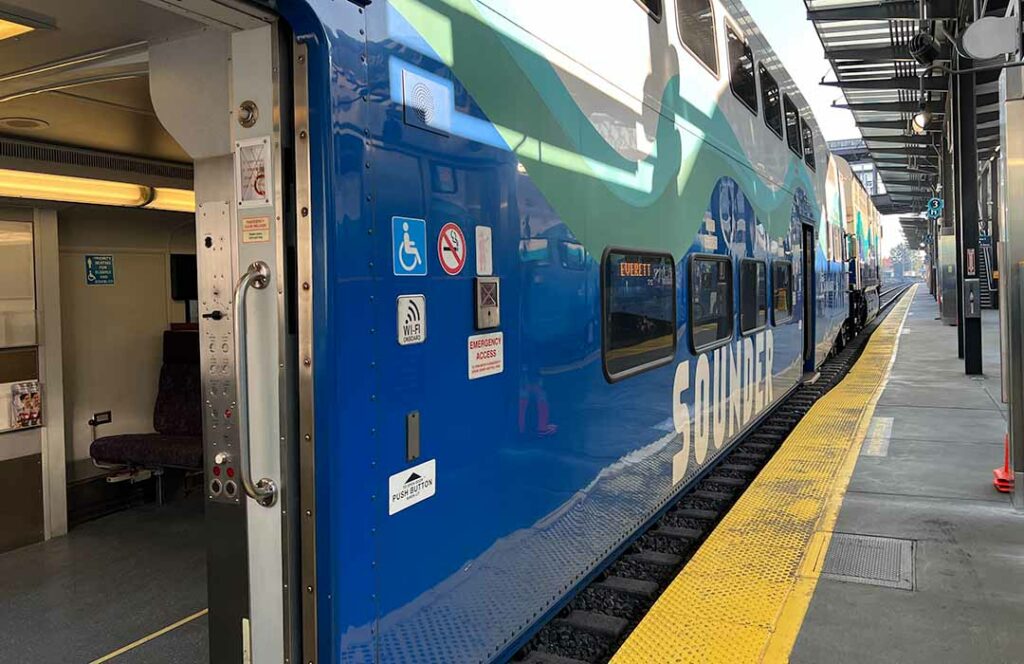
Remember that the Sounder has lines running both north and south. Look for the one that says Everett on it. That’s the northbound N line.
Trains depart at 4:33 pm and 5:35 pm. There is no assigned seating, so just get on, find a seat and get comfortable.
I wanted to see Puget Sound, so I sat on the left-hand side. My suitcase was too large for the overhead racks which seem to be designed for commuter and shopping-sized bags, so it was on the floor next to me.
In a few moments, the train headed out.
Like most big-city train stations, you start off seeing an industrial train yard and tunnels for about the first five minutes.
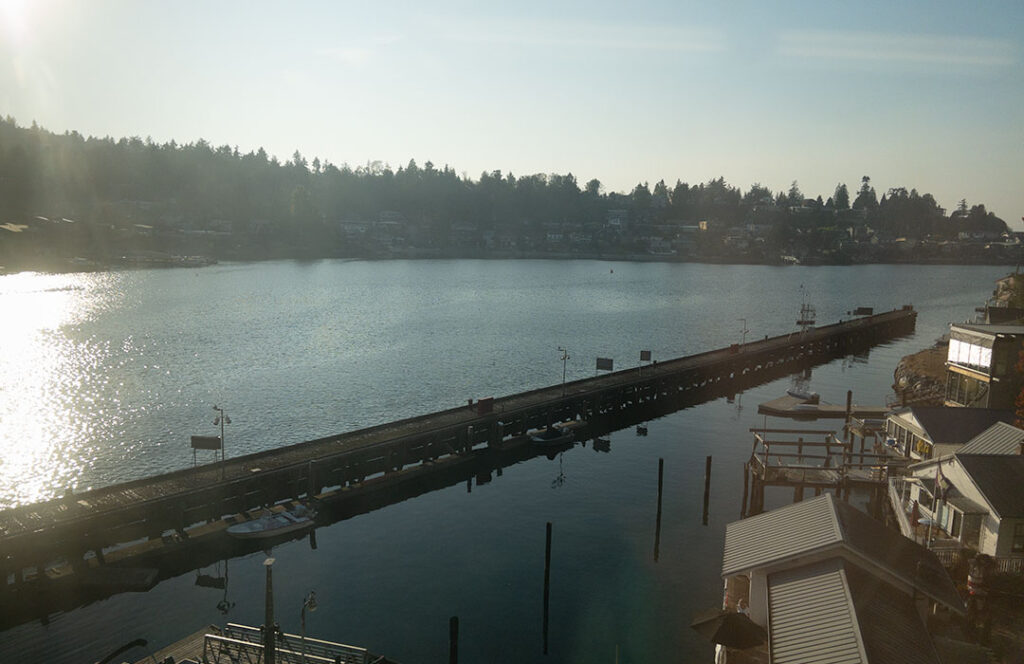
But at Ballard, it all opens up with a fun, but brief view of the community and the water. A few moments later and the train was on tracks that offered up a great view of Puget Sound.
The tracks follow the shape of the shoreline, sometimes coming within a precious few feet of the sound.
While traveling I saw two herons, lots of people soaking up the sun on small beaches, and various flocks of sea birds take flight as the train neared.
I was too busy playing tourist and taking pictures to contemplate what thoughts would have been like if I had chosen to drive.
At a couple of places houses perched on small strips of land between the tracks and the sea. And a mothballed oil facility reminded me that this beautiful route is also a busy one for freight trains.
We had been racing a cruise ship that was a couple of miles offshore. As we approached Whidbey Island, it veered off for Admiralty Inlet and ports of call in Alaska and Canada. Whidbey Island was tantalizingly close out our window, but there was one more stop to make.
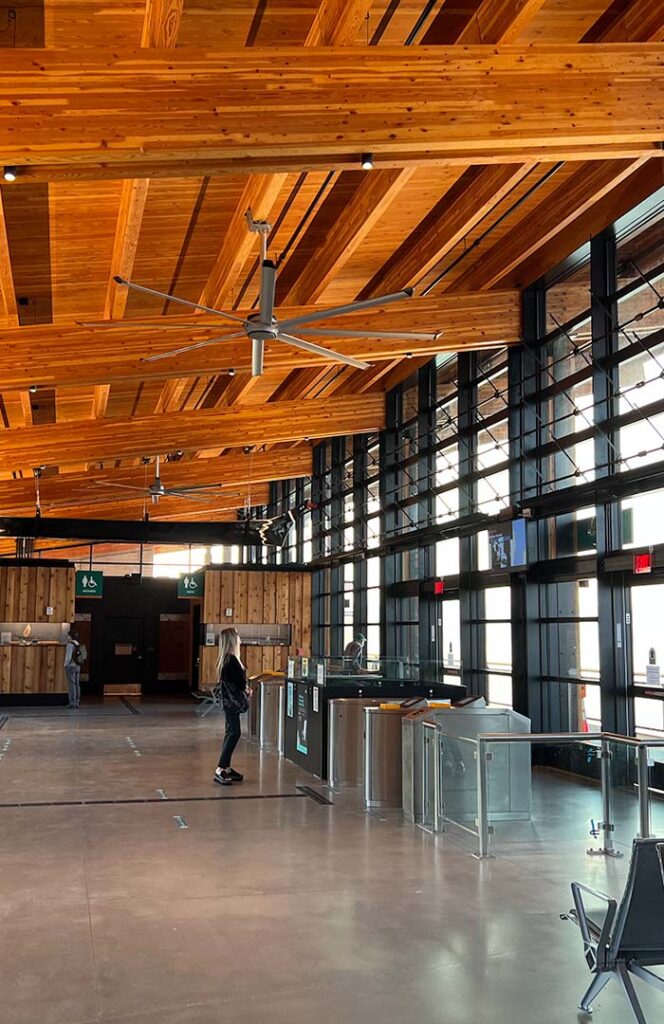
Mukilteo Station is an effort by the state to combine train, bus, and ferry traffic into one location to make commuting by transit easier. A new ferry terminal opened during the pandemic. To get there, after you exit the train, you walk north to the end of the platform, cross a small street and you’re there. You’ll see lots of your fellow train-riders head south. They’re commuters heading to their cars. You take the stairs or an elevator to the waiting room, where you buy your ticket. The adult fare for walking on the ferry is $5.80 with reduced pricing for seniors, and passengers under 18 ride free.
My timing (okay, the train’s timing) was perfect. The ferry was arriving. I wondered how long drivers had been waiting for this ferry.
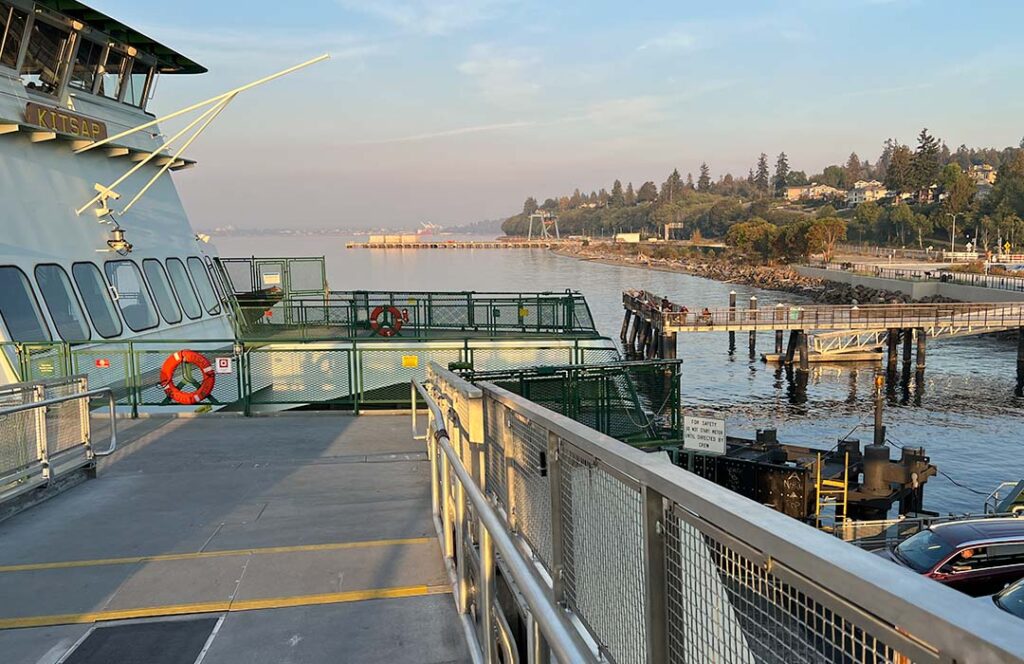
When directed, you walk from the terminal through an open-air hall, over a gangway and you’re on the ferry. In a perfect scenario, there is a ferry every 30 minutes. But staffing and mechanical issues sometimes reduce the schedule to a ferry every 60 minutes. That’s bad news for people driving on, but there’s plenty of seating for walk-on passengers.
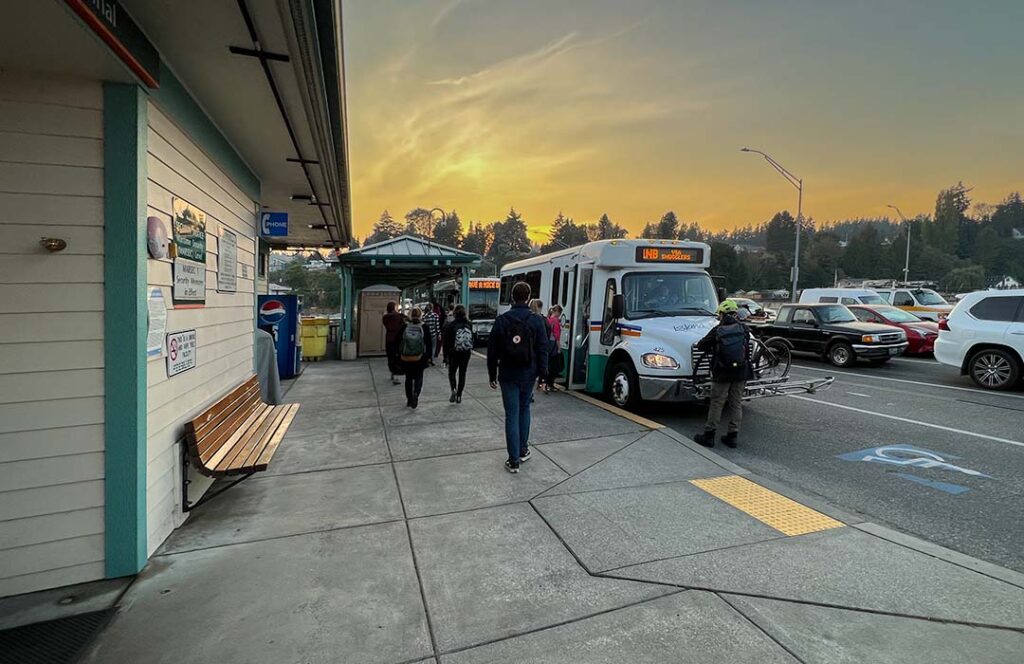
About 15 minutes after the ferry departs Mukilteo, it arrives in Clinton. You must walk down to where the cars are to walk off the ferry. Just follow the crowd of commuters to the stairs and the front of the vessel.
Passengers are the first to walk off the ferry and the crowd will lead you to the Clinton Terminal. If you have a ride waiting, as I did, that’s great, but Island Transit has free scheduled service at the Clinton terminal and they are a great option. I walked past four buses ready to take you to nearby Clinton, Langley, Coupeville, Oak Harbor and dozens of stops along each route.
So, total cost from my conference was $25.22 and travel time about 1 hour and 15 minutes.
It was time and money well spent.

